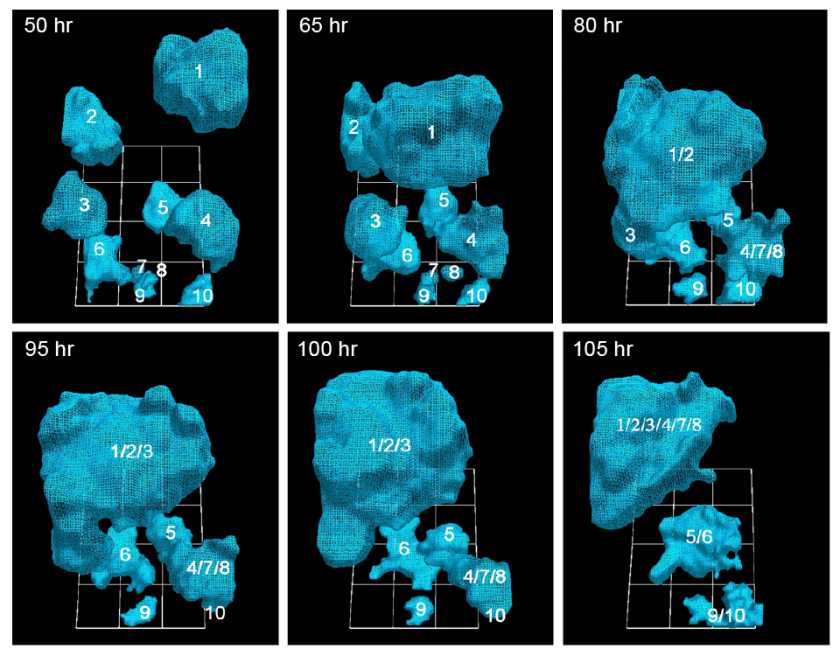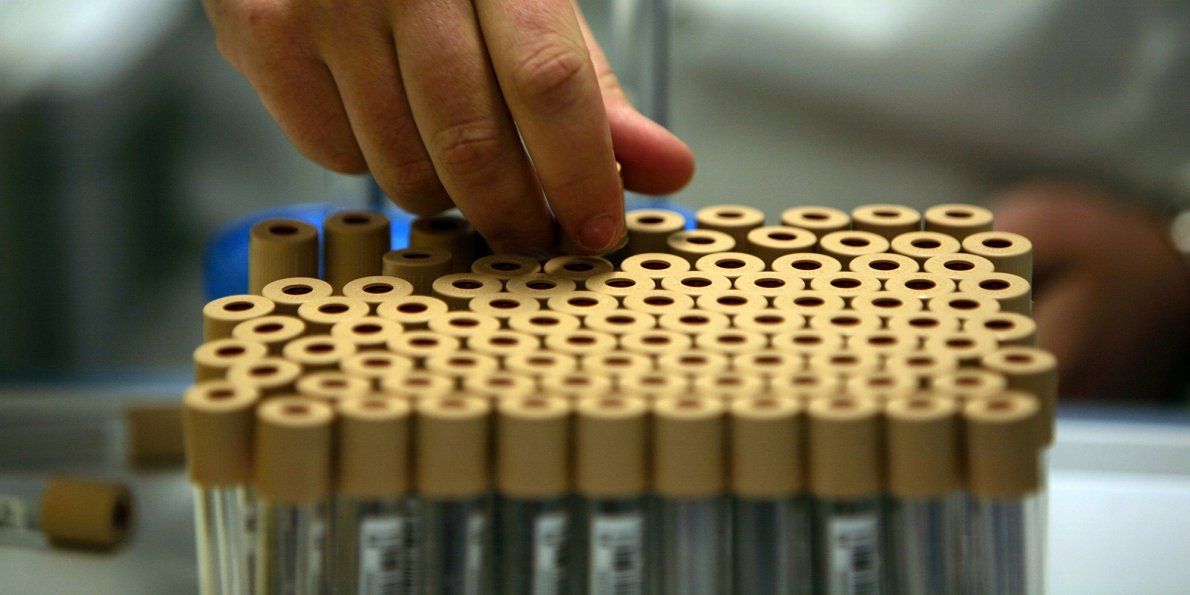Cannot wait for the new AR contacts.
NEW YORK, Jan. 21, 2016 /PRNewswire/ — This new IDTechEx report is focused on how the market for smart glasses and contact lenses is going to evolve in the next decade, based on the exciting research and developments efforts of recent years along with the high visibility some projects and collaborations have enjoyed. The amount of visibility this space is experiencing is exciting developers of a range of allied technologies into fast-tracking/focusing their efforts, as well as creating devices and components designed specifically to serve this emerging industry.
Some of the newest devices that have ignited significant interest in smart eyewear are going above and beyond the conventional definition of a smart object; they are in effect, portable, wearable computers with a host of functionalities, specially designed apps etc. that add new ways for the wearer to interact with the world along with smartphone capabilities, health tracking options and many other features. The features of some of the more advanced devices have been based on and have sparked worldwide innovation efforts aiming to create an ecosystem of components that will enable what is bound to be a revolution in form factor for wearables.
User interface is probably one of the most significant features in this revolution. As interfacing with computers undergoes a constant evolution, allowing for wider adoption as interaction becomes more “natural”, smartglasses are bringing about the next big step in this ever-changing space. From keyboards to touchscreens to cameras & positioning/location/infrared sensors, a new wave of innovation is making interfacing with computers gesture-based, and nowhere else is that more obvious than in eye-worn computing.
Read more









